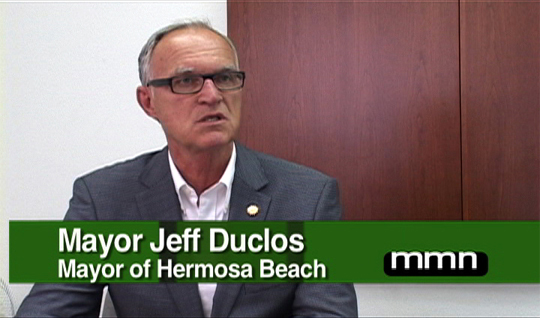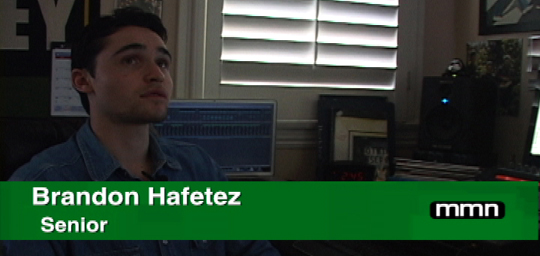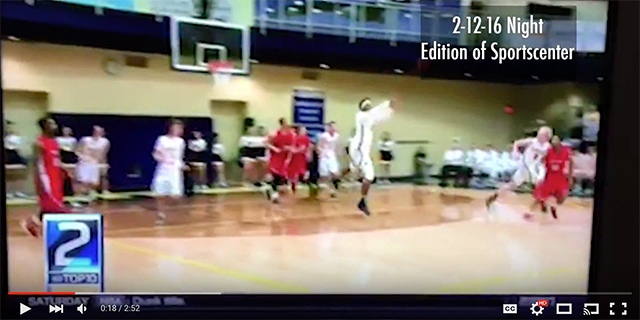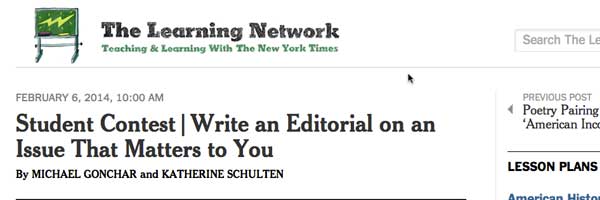Ethics of Broadcast Interviews
With broadcast journalism, how your record your interviews is almost more important than what you record. The famous Kennedy-Nixon televised debate in 1960 proved how a person’s appearance on television can have a subliminal psychological effect on the audience.

Here are some ethical guidelines and tips when videotaping interviews.
1. Be technically perfect. Nail exposure, focus, level, sound, etc. A crooked camera makes them look “crooked.” A person in the shade (underexposed) gives the impression of a “shady character.”
2. Place the camera at eye level for your source. This neutral angle avoids subliminal bias on your part. If the camera is higher than eye level, your source will appear weak. If the camera is below eye level, the source will appear strong, authoritative or powerful.

3. Compose your shots in a medium close-up (roughly mid-torso up). This is what I consider a neutral shot because a tighter shot like a closeup is too dramatic. Any further away and we can’t see their eyes or reactions very well. The medium close-up also allows room for a lower third title.
4. Have sources remove sunglasses and hats. If we can’t see their eyes, we can’t trust them (“They must have something to hide!”). Remember, the eyes are the window to the soul….
5. Avoid distracting backgrounds. An accidental billboard of a swimsuit model or beer can behind a source could make us think twice about their intentions or reliability. Sometimes, sources intentionally try to sit or stand in front of posters, or quotes on whiteboards to inject their opinions into your story.
6. Be consistent. If one source looks perfectly in focus and white balanced, the audience might trust them more than a different source whose interview is blurry and blue. Be fair to your sources and your audience, and make sure that ALL of your interviews look the SAME. Re-shoot if you have to.
Michael Hernandez is an Apple Distinguished Educator who teaches film and broadcast journalism at Mira Costa High School in Manhattan Beach, CA. Follow him on Twitter: @cinehead




This is great advice. Thank you so much!